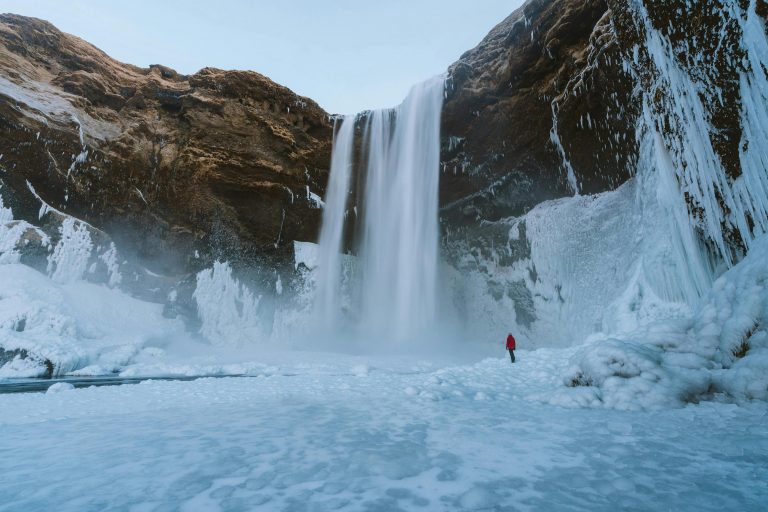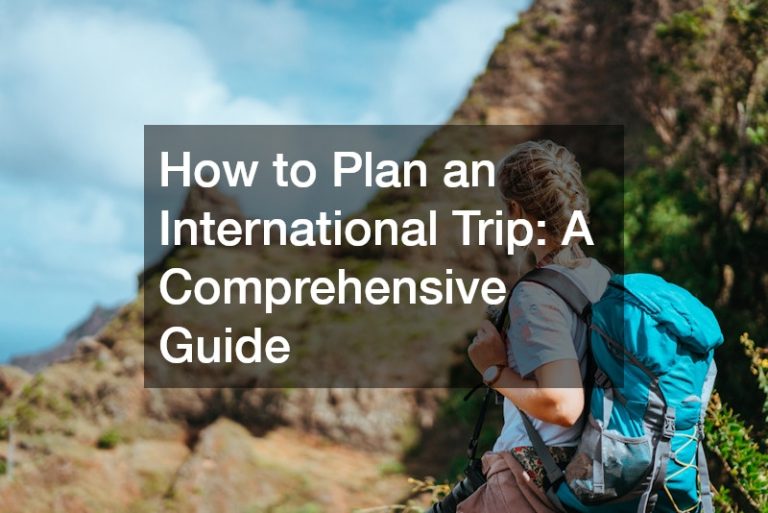- Planning and packing essential gear is key to a successful and enjoyable backpacking adventure.
- Staying hydrated is crucial for health and performance during backpacking while respecting the environment ensures its preservation for future explorers.
- Communicating your plan to a trusted individual and understanding local fauna can significantly enhance your safety during the trip.
- Being prepared for emergencies with the right knowledge and equipment can turn potential crises into manageable situations.
- Preparation and respect for nature are key to a successful backpacking adventure, paving the way for an unforgettable wilderness experience.
Embarking on a backpacking adventure to remote destinations can be a truly captivating experience. Imagine the bliss of unwinding amid nature’s tranquility, away from the hustle and chaos of city life. This guide provides insightful tips to help you, the intrepid traveler, maximize your experience while ensuring safety and comfort in these secluded havens. Dive into the world of backpacking!
Plan Your Route
Planning your route meticulously before setting off on your backpacking adventure is crucial to avoid surprises and ensure a smooth journey. Here are some things to consider:
Pack Right
One crucial aspect of packing for your backpacking trip is ensuring you have appropriate and high-quality gear. For example, buying a hammock from a reputable hammock company is highly recommended if you intend to sleep outdoors. Hammocks are lightweight and easy to set up, making them ideal for backpackers. They also take up very little space in your backpack.
A trustworthy hammock company will provide excellent quality hammocks that are durable, and comfortable hammocks, ensuring a good night’s sleep after a day of hiking. Investing in quality gear from reputable companies can significantly enhance your backpacking experience and provide you with the comfort and safety necessary in remote locations.
Stay Hydrated

Staying hydrated is crucial when venturing on a backpacking trip. Dehydration affects your physical performance and can lead to serious health risks, including heatstroke. Remember that strenuous physical activity, high altitudes, or hot weather might increase your water needs. Carry a durable, leak-proof water bottle, and if you’re traveling through areas where potable water is scarce, consider investing in a portable water purifier.
These devices can effectively remove bacteria, viruses, and other contaminants from water sources, making them safe for consumption. Remember, drinking regularly, even if you don’t feel thirsty, is key to maintaining optimal hydration levels during your adventure.
Respect the Environment
As a traveler in the wilderness, it is our collective responsibility to respect the environment we are exploring. Adhere to the principles of “Leave No Trace” which involve preserving the natural spaces by refraining from littering, damaging or disturbing wildlife, or making new trails. Stick to existing trails to minimize soil erosion and impact on plant life whenever possible.
Always pack out what you pack, including all trash and leftover food. Avoid loud noises as they can disrupt the wildlife in the area. If camping, use established sites and keep fires small or use a camp stove for cooking to prevent wildfires.
Communicate Your Plan
Before embarking on your adventure, it’s essential to let others know about your plans. Share your itinerary, including specific trail names, and estimated arrival and departure times, with a trusted friend or family member who isn’t part of the trip. This information should also contain details about your vehicle, parking location, and the expected return date.
If you don’t return on the scheduled date, they can alert the local authorities or search and rescue teams for a timely response. Don’t forget to update them once you’re safely back. You may also consider investing in a Personal Locator Beacon (PLB) or satellite messenger, especially when adventuring in remote locations with limited cellular coverage.
These devices can send distress signals, alerting rescue teams about your location in emergencies. Remember, effective communication of your plan plays a crucial role in your safety during a backpacking trip.
Understand Local Fauna

Knowledge of the local fauna in the area you’re backpacking is not only engaging but also crucial for your safety. Depending on your destination, you may encounter various wildlife, from harmless animals like squirrels and birds to potentially dangerous ones like bears or snakes. Research beforehand about common wildlife species in the area, their behavior patterns, and how to respond if you encounter them.
Remember, maintaining a safe distance from wildlife is paramount, not only for your safety but also for the animals. Many national parks and wilderness areas provide specific guidelines regarding wildlife encounters, so familiarize yourself with these. Additionally, never feed wild animals as it can disrupt their natural behaviors and diet. A respectful and informed approach can ensure a safe and extraordinary experience with the wildlife on your backpacking adventure.
Be Prepared for Emergencies
No matter how well-planned and prepared you are, emergencies can occur during a backpacking trip. It’s crucial to be prepared for such situations to navigate them safely. Carry a comprehensive first-aid kit that includes bandages, antiseptic wipes, tweezers, pain relievers, and any necessary personal medication.
Learn basic first-aid procedures and consider taking a wilderness first-aid course for more in-depth knowledge. Always keep a map, compass, and GPS device handy to navigate unfamiliar territory and avoid getting lost. In severe weather conditions, ensure you have appropriate clothing and shelter to protect you from the elements.
Remember, your safety is paramount, so consider returning or seeking shelter if conditions become too dangerous. Finally, having proper knowledge and equipment can make a significant difference in handling emergencies, turning a potential crisis into a manageable situation.
Now that you’ve been equipped with these essential backpacking tips, it’s time to take the plunge. Remember, preparation and respect for nature are your best allies. Pack your bag, lace up your boots, and embark on the adventure of a lifetime. The wilderness is waiting for you!









